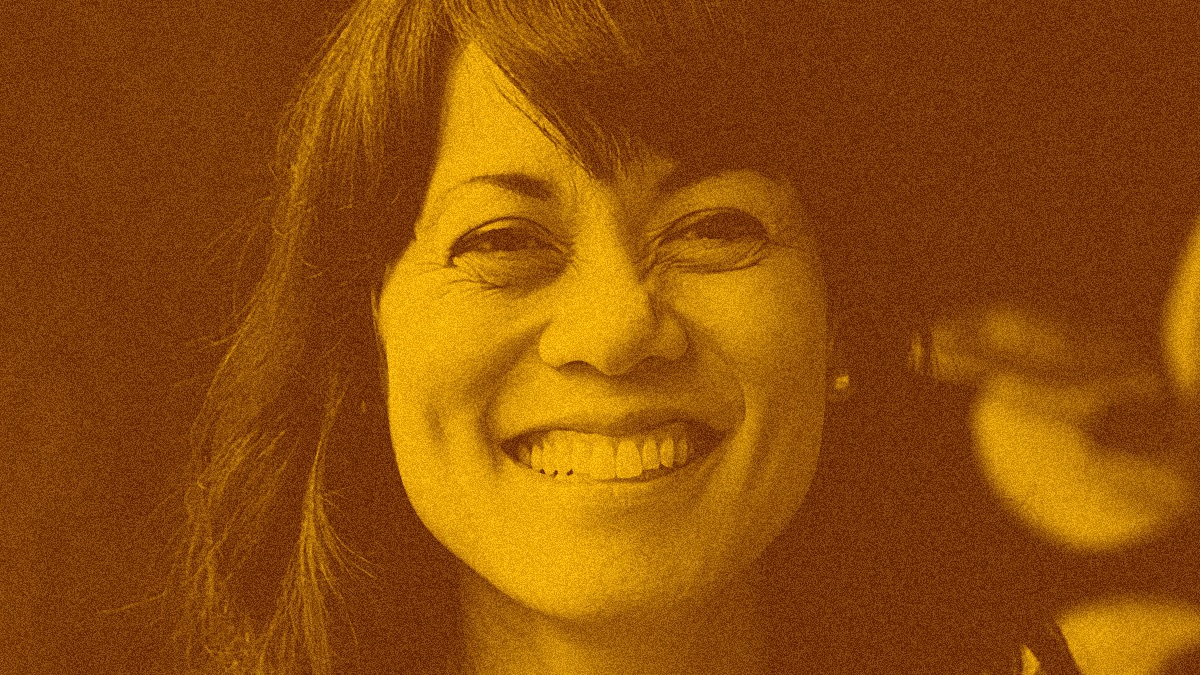Episode 113 of The Informed Life podcast features a conversation with design researcher, strategist, and author Sheryl Cababa. Sheryl is Chief Strategy Officer of Substantial, an experience design consultancy based in Seattle. She’s the author of Closing the Loop, a new book about systems thinking in design. The book emphasizes the role designers can play as catalysts for social change, and that was the focus of our conversation.
Sheryl presented systems thinking as a remedy for the shortcomings of user centered design: namely, its focus on the user of a product to the exclusion of other people who may be affected by it. By combining systems thinking with design thinking we might avoid unintended consequences or noxious second- and third-order effects. Specifically, Sheryl called out three key concepts of systems thinking designers should keep in mind:
One is that everything is interconnected. There’s causality that you need to consider: what happens beyond the direct benefit of use and how does impact radiate out from what you’re doing? That includes unintended consequences. And then lastly, there’s wholeness; thinking about the entirety of a system rather than just the one piece that you’re designing for. So, if you’re designing an app, oftentimes you’re thinking about like how somebody experiences this app. How do you make it work? How do you make the user experience fluid? But it’s really important to think about the system in which that app sits.
Causality, wholeness, and interconnection suggest tackling design challenges in ever-broader contexts. You’re not just designing features; features are part of products. And you’re not just working on products; products enable particular business models, which in turn satisfy incentives defined by economic systems at the societal level.
I was curious about what designers might do about these broader issues. After all, most have likely been hired to do particular jobs that doesn’t entail rethinking the organization’s strategic remit or the society’s economic system. Also, the current labor environment might not be conducive to rethinking design briefs from the bottom-up. Sheryl pushed back:
there’s an assumption of a lack of agency that maybe we need to interrogate a little as a practice. Because if we actually lack that much agency, how effective can we be as designers to begin with?
I.e., designers should shed self-limiting beliefs; there are things they can do to get started. Sheryl called out several frameworks that can help designers think more holistically, including the iceberg model and STEEP:
which is sociocultural, technological, economic, environmental, and political. Anything you’re designing for is either affected by or affects those layers of various kind of spaces of thinking about whatever it is you’re designing. You can apply that to broaden your thinking about your solutions, even if it means just adding a feature to the product that you’re working on.
These are but two of several frameworks highlighted in the book. If you care about how your job as a designer might help you effect change more broadly, it behooves you to check out our conversation. (Disclaimer: Rosenfeld Media provided me a review copy of Sheryl’s book.)
The Informed Life episode 113: Sheryl Cababa on Systems Thinking for Social Change
